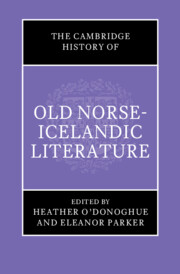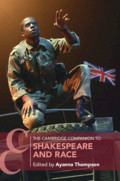5 results
Chapter 11 - Morris’s Prose Romances and the Origins of Fantasy
- from Part II - Authorship
-
-
- Book:
- The Cambridge Companion to William Morris
- Published online:
- 03 May 2024
- Print publication:
- 23 May 2024, pp 147-158
-
- Chapter
- Export citation

The Cambridge History of Old Norse-Icelandic Literature
-
- Published online:
- 08 February 2024
- Print publication:
- 29 February 2024
5 - The Fairy Synthesis
-
- Book:
- Twilight of the Godlings
- Published online:
- 09 March 2023
- Print publication:
- 30 March 2023, pp 250-304
-
- Chapter
- Export citation
6 - Gothic Coleridge, Ballad Coleridge
-
-
- Book:
- The New Cambridge Companion to Coleridge
- Published online:
- 13 November 2022
- Print publication:
- 24 November 2022, pp 80-95
-
- Chapter
- Export citation

The Cambridge Companion to Shakespeare and Race
-
- Published online:
- 09 February 2021
- Print publication:
- 25 February 2021



